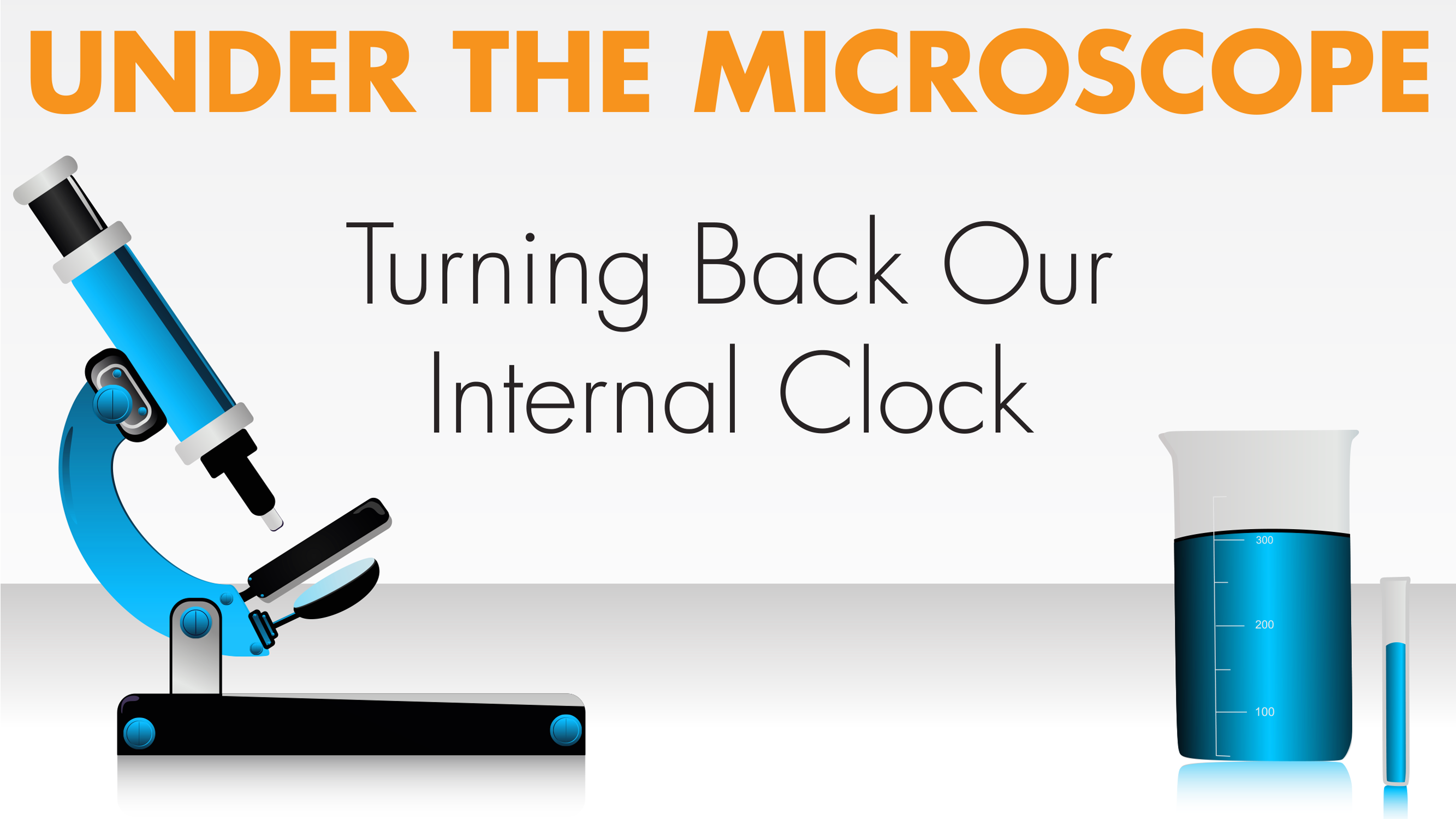Now we have found a way to lengthen human telomeres by as much as 1,000 nucleotides, turning back the internal clock in these cells by the equivalent of many years of human life.” – Helen Blau, Professor of Microbiology and Immunology at Stanford
The process of aging has been a scientist’s subject of interest for several years. What we have known is that as we age, our body’s cells begin to break down and are unable to replicate effectively. Now, a University of Stanford study has figured out how to reverse this process by lengthening telomeres.
Telomeres are caps that are found at the end of chromosomes, which are associated with the process of aging and disease. As we age, our telomeres shorten, which causes cellular aging and our eventual march to death. Other studies have proven that living a healthy and less stressful life can also have an impact on lengthening telomeres as well.
“Now we have found a way to lengthen human telomeres by as much as 1,000 nucleotides, turning back the internal clock in these cells by the equivalent of many years of human life,” Helen Blau, a professor of microbiology and immunology at Stanford, and an author of the study, said in a press release. “This greatly increases the number of cells available for studies such as drug testing or disease modeling.”
The study was published in the Journal of the Federation of American Societies for Experimental Biology (FASEB). In the paper, researchers described that cells treated with the procedure behaved as though they were much younger than cells that were untreated, and multiplied far more quickly and effectively in the laboratory instead of shrinking away and dying. Skin cells that had their telomeres lengthened by the procedure divided up to 40 times more than untreated skin cells.
According to a published study, the procedure involves the use of modified messenger RNA, which carries instructions from genes to the cell’s protein-making machines. The specific RNA the researchers used contained TERT, which is involved in telomerase, an enzyme that maintains telomeres, which ensures they’re ready to reproduce and is found mainly in stem cells.
There is a difference between this study and previous research, ensuring this time around, the effect was extremely short-lived and the telomeres received a boost for a short time, but then began to shorten again as cells divided. This is a good thing because it could boost lifespan in the long run without causing cells to divide indefinitely, which has been linked to cancer.
“Previous attempts to deliver mRNA-encoding TERT caused an immune response against telomerase, which could be deleterious,” said John Ramunas, a postdoctoral scholar at Stanford, in the press release. “In contrast, our technique is non-immunogenic. Existing transient methods of extending telomeres act slowly, whereas our method acts over just a few days to reverse telomere shortening that occurs over more than a decade of normal aging. This suggests that a treatment using our method could be brief and infrequent.”
This newfound research not only could help expand lifespans, but also assist with a variety of diseases that affect thousands.
“This new approach paves the way toward preventing or treating diseases of aging,” Blau said. “There are also highly debilitating genetic diseases associated with telomere shortening that could benefit from such a potential treatment. One day it may be possible to target muscle stem cells in a patient with Duchenne muscular dystrophy, for example, to extend their telomeres. There are also implications for treating conditions of aging.”






























